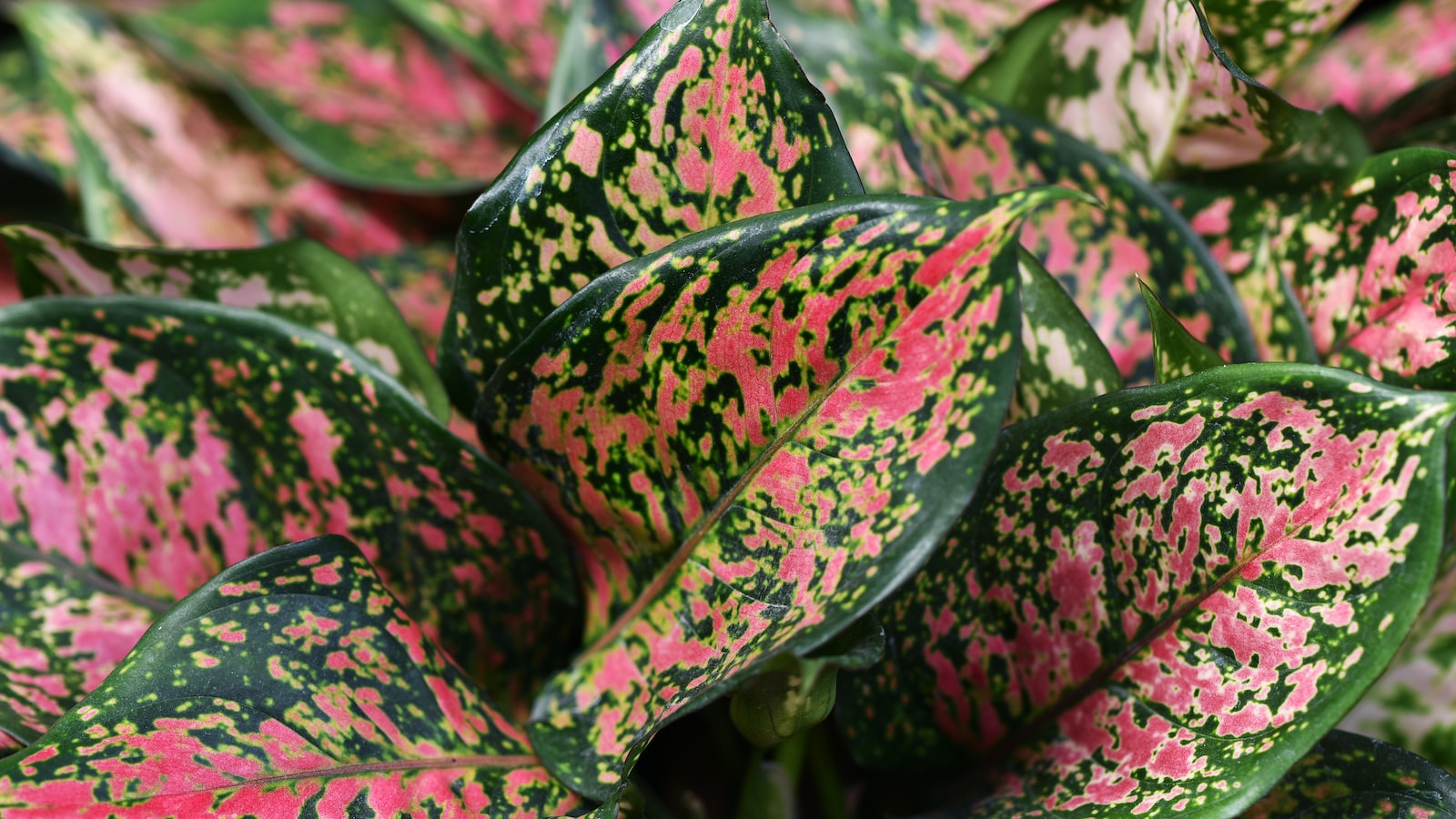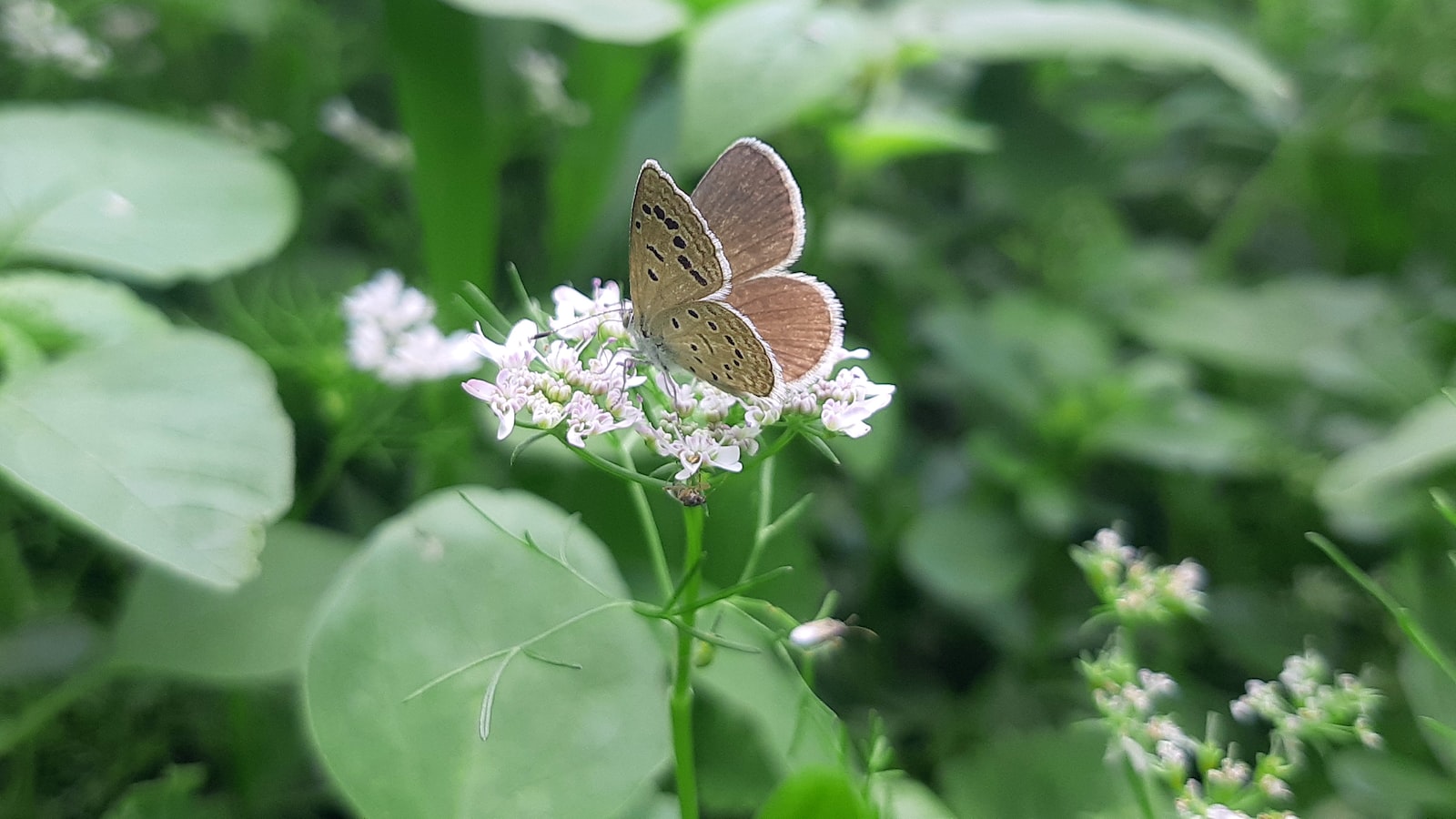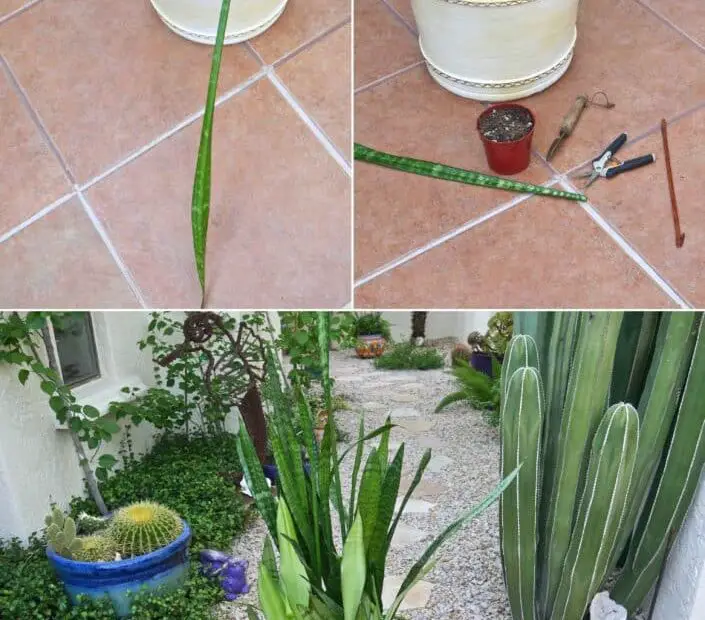Standing tall and elegant, with leaves that sharply pierce the air like the blades of a warrior’s sword, snake plants exude an undeniable charm. These resilient beauties bring not only a touch of nature’s serenity indoors but also purify the very air we breathe. Yet, as with any great guardian, they too may need a helping hand on their quest for unyielding verticality. For those plant enthusiasts willing to embark on this noble mission, this article unveils the secrets to keeping snake plants upright, ensuring that their inherent grace prevails amidst the trials and tribulations of everyday life. Embark on this journey with us, and together, let us unlock the key to eternal defiance against gravity’s pull.
Headings:
– Planting the snake plant in a sturdy container: One of the key factors in keeping your snake plant upright is selecting the right container. Opt for a heavy and well-balanced pot that will keep the plant stable. Additionally, consider using a pot with drainage holes to prevent excess water accumulation, which can cause the plant to become top-heavy and tip over.
- Providing proper support: Snake plants can grow quite tall, and their leaves may become heavy, causing them to bend or droop. To prevent this, use bamboo stakes or thin wooden dowels to provide support to the leaves. Insert the stakes or dowels gently into the soil, ensuring that they reach the base of the plant. Carefully tie the leaves to the stakes using soft ties or twine, allowing them to stand upright and maintain their natural appearance.
| Features | Tips |
|---|---|
| Bright indirect light | Place your snake plant near a window that receives bright, indirect light to ensure proper growth. |
| Well-draining soil | Ensure your snake plant is potted in well-draining soil to prevent root rot. A mixture of potting soil and sand works well. |
| Minimal watering | Snake plants prefer slightly dry conditions, so only water when the soil has thoroughly dried out. |

– Harnessing the Strength Within: Understanding the Physiology of Snake Plants and Their Upright Growth
Snake plants, scientifically known as Sansevieria, have gained popularity as houseplants due to their unique upright growth and ability to thrive in low-light environments. Understanding the physiology behind their vertical stature can help plant enthusiasts effectively care for and maintain these fascinating green wonders.
One key aspect of snake plant physiology that contributes to their upright growth is their stiff, sword-like leaves. These leaves are composed of a tightly packed arrangement of cells, which provide structural support and rigidity. Additionally, the leaves are capable of capturing and transporting sunlight efficiently, enabling the plant to engage in photosynthesis and produce energy. With their sleek and sturdy leaves, snake plants are built to withstand the forces of gravity and maintain an upright posture.
To keep snake plants upright, there are several features and tips to consider:
| Features | Tips |
|---|---|
| 1. Sturdy leaves | 1. Avoid overwatering, as it can lead to root rot and weaken the plant. |
| 2. Rhizomes | 2. Provide adequate drainage by using well-draining soil and pots with drainage holes. |
| 3. Vertical growth habit | 3. Place your snake plant in a location with indirect sunlight to stimulate healthy growth. |
By considering these features and implementing the suggested tips, you can ensure that your snake plant thrives and maintains its upright stance. Embrace and harness the inner strength of these remarkable plants, and watch as they bring a touch of green elegance to any space in your home or office.
– Anchoring Techniques: Step-by-Step Methods to Secure Snake Plants and Prevent Tilting
Snake plants, also known as Sansevieria, are popular houseplants loved for their architectural beauty and ease of care. However, one common issue that snake plant owners may face is their tendency to tilt or lean over time. To help you keep your snake plants upright and prevent tilting, here are some step-by-step anchoring techniques that you can follow.
One effective method is to use plant stakes or bamboo sticks to provide support to the snake plant. Insert the stake or stick into the soil at an angle, making sure it reaches the base of the plant without damaging the roots. Gently tie the stem or leaves of the snake plant to the stake using soft garden twine or plant ties, forming a loose figure-eight pattern. This method will help provide stability and prevent the plant from leaning. Additionally, you can add decorative elements like rocks or pebbles around the base of the plant to further anchor it and add a visually pleasing touch to your display.
Another tec
hnique to prevent tilting is by repotting the snake plant into a heavier container. Select a pot made of ceramic or terra cotta, which is denser and more stable compared to plastic pots. Ensure that the new pot has good drainage holes to avoid overwatering. When repotting, place a layer of small stones or gravel at the bottom for better drainage and stability. Fill the pot with a well-draining potting mix, such as a blend of potting soil, perlite, and sand. This will not only provide better support for the snake plant but also allow any excess water to drain effectively, reducing the risk of root rot. Remember to gently compact the soil around the plant, ensuring it is firmly secured in the pot.Table – Anchoring Techniques & Tips
| Technique | Features/Tips |
|---|---|
| Plant Stakes | Choose sturdy stakes or bamboo sticks for optimal support. |
| Tie the snake plant gently but securely to ensure stability. | |
| Decorative Stones | Use rocks or pebbles around the base for extra anchoring. |
| Select decorative elements that complement your home decor. | |
| Heavier Pot | Repot the snake plant into a ceramic or terra cotta pot. |
| Ensure proper drainage and use a well-draining potting mix. | |
| Add small stones or gravel at the bottom for improved stability. |
By implementing these anchoring techniques, you can enjoy your snake plants in all their upright glory while preventing any unwanted tilting or leaning. Remember, a secure and stable plant not only looks more visually appealing but also promotes healthier growth and longevity for your beloved snake plant.
– Finding the Perfect Balance: Optimal Watering and Lighting Strategies for Upright Snake Plant Growth
<p>Successfully keeping snake plants upright requires a careful combination of proper watering and adequate lighting. With their stunning sword-like foliage and reputation as resilient houseplants, snake plants add a touch of elegance to any space. To maintain their desired upright growth and promote a healthy environment for these green beauties, it is important to follow some essential strategies.</p>
<p>Efficient watering is key to keeping snake plants upright. Overwatering can lead to root rot and cause the plant to become top-heavy, while underwatering may result in leaves drooping and curling. To strike the perfect balance:</p>
<ul>
<li>Water your snake plant once the top inch of <a href="https://up-gardening.com/can-you-plant-pothos-and-philodendron-together/" title="Can You Plant Pothos and Philodendron Together">soil feels dry</a> to the touch.</li>
<li>Ensure proper drainage by using well-draining potting soil and pots with drainage holes.</li>
<li>Avoid leaving excess water in the saucer, as snake plants prefer slightly drier conditions.</li>
<li>If unsure about watering frequency, rather underwater than overwater to prevent potential damage.</li>
</ul>
<p>Alongside watering, lighting plays a crucial role in the upward growth of snake plants. These plants thrive in bright, indirect light, making them perfect for indoor spaces. By considering the following lighting tips, you can ensure optimal growth for your snake plant:</p>
<ul>
<li>Place your snake plant near a window that receives bright but indirect sunlight.</li>
<li>Avoid exposing the plant to direct sunlight for extended periods, as it can scorch the leaves.</li>
<li>If natural light is limited, supplement it with fluorescent light, ensuring the plant receives a minimum of eight hours of light daily.</li>
</ul>
<table>
<tr>
<th>Features</th>
<th>Tips</th>
</tr>
<tr>
<td>Watering</td>
<td>- Water once top inch of soil is dry<br>- Use well-draining soil and pots<br>- Avoid excess water in saucer<br>- Underwater rather than overwater</td>
</tr>
<tr>
<td>Lighting</td>
<td>- Place near window with indirect sunlight<br>- Avoid prolonged direct sunlight<br>- Supplement with fluorescent light if required</td>
</tr>
</table>

